Ian S
TPF Noob!
- Joined
- Apr 11, 2010
- Messages
- 13
- Reaction score
- 0
- Location
- W. Yorkshire
- Can others edit my Photos
- Photos OK to edit
So I have a Nikon D3000. I'm was looking around at old lenses that are cheap to fill in until I can get a new Nikon lens. Anyway, I came across this and wondered if it would fit or what adapter I would need to make it fit. I know it says at the bottom but I don't really understand it (don't laugh). I only want it because it is a cheap 200mm lens and should hopefully last until I can afford a new lens.
As an eBay Associate we earn from qualifying purchases.


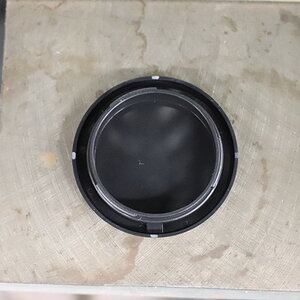
![[No title]](/data/xfmg/thumbnail/39/39645-11fae384f9fd2ec2813acc42adec0206.jpg?1619739148)
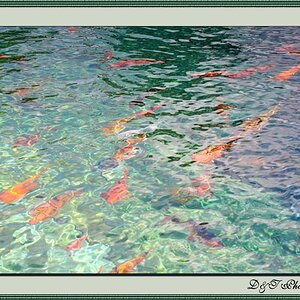
![[No title]](/data/xfmg/thumbnail/40/40302-79b0636c0b67a1ed65f8ad9e01c690e7.jpg?1619739412)
![[No title]](/data/xfmg/thumbnail/37/37536-3578b4f283f738d862be62d896fa52d5.jpg?1619738132)

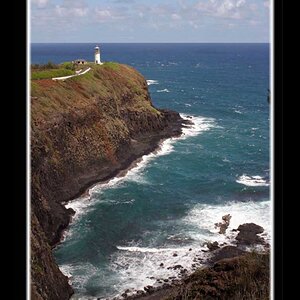
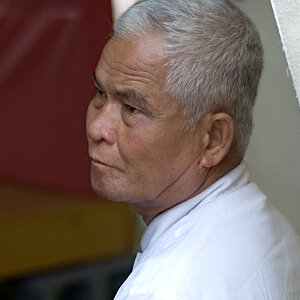
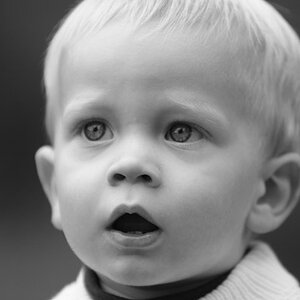
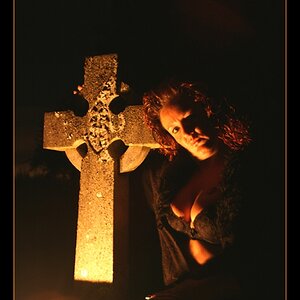

![[No title]](/data/xfmg/thumbnail/37/37538-d4704bfd4f0e4b1941649d81ff8edf2c.jpg?1619738133)